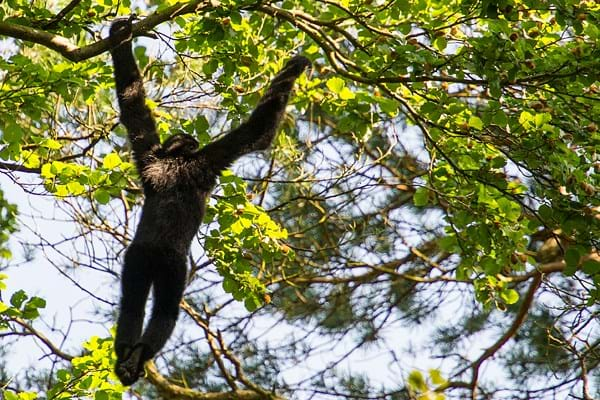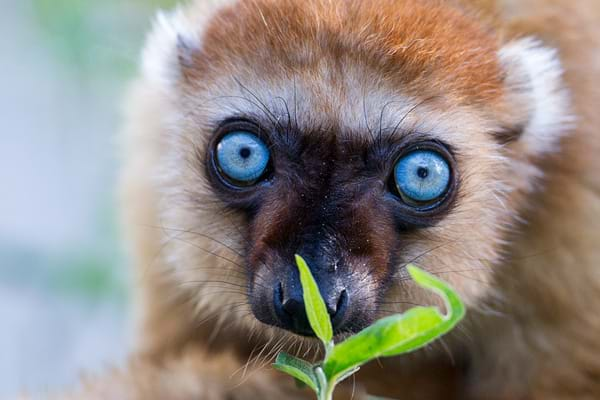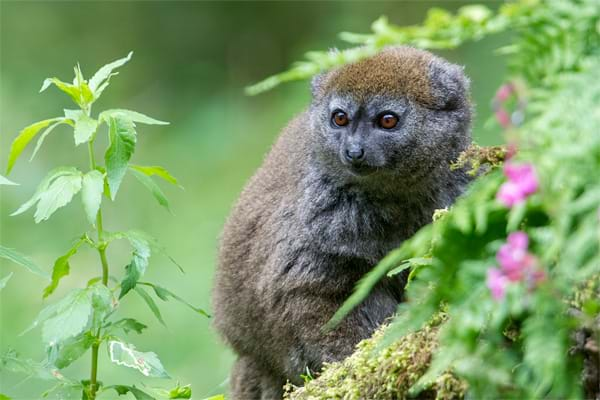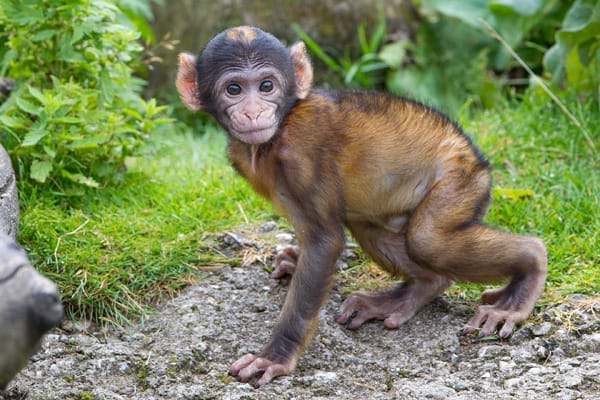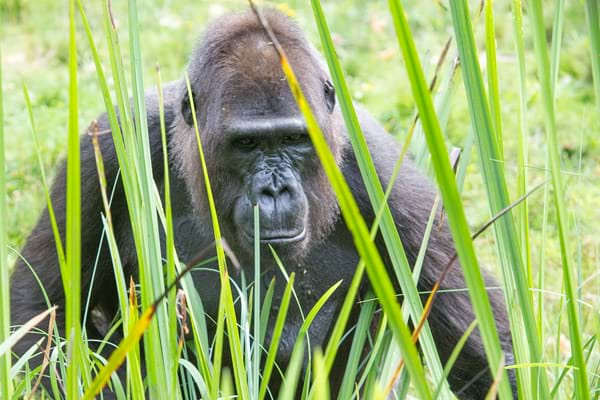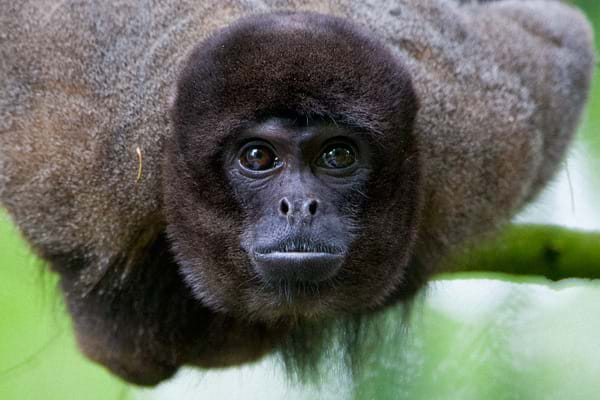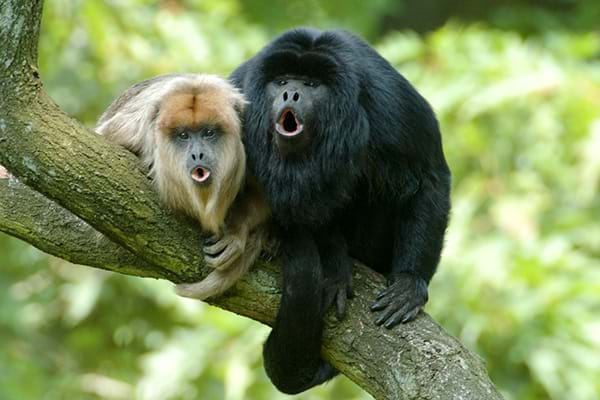Where do primates come from?
Most primates living at Apenheul were born here or in other zoos. An increasing number of animal species and more than half of all primate species are threatened with extinction in the wild. That makes it irresponsible to take animals from the wild. It’s also forbidden by most laws (luckily!). For that reason, zoos have been working together for years with the form of breeding programmes (EEPs).
What is a breeding programme?
Breeding programmes for wild animal species in zoos are called EEPs (EAZA Ex situ Programmes). They are collaborations between zoos in Europe. Simply put, zoos swap animals. That way we can maintain genetically healthy populations in zoos. It also means that animals are often moved from one zoo to another. Zoos don’t pay for this exchange. The preservation of the species is important, which is why zoos have agreed that commercial motives shouldn’t play a role when swapping endangered species.
Apenheul is the coordinator of the EEPs for gorillas, woolly monkeys, emperor tamarins and East Javan langurs.
How does a breeding programme work?
Each breeding programme has a coordinator. Together with a commission, this coordinator decides which animals move where. There are breeding programmes for over 300 animal species and this number is still growing. Roughly 400 zoos in 30 European countries take part in the programmes. There is a breeding programme for nearly every primate species at Apenheul. Apenheul is the coordinator of the EEPs for gorillas, woolly monkeys, emperor tamarins and East Javan langurs.
Animals frequently move from or to Apenheul as part of a breeding programme.
Why are breeding programmes important?
Breeding programmes are important to maintain genetically healthy populations in zoos. Inbreeding in groups has to be avoided. That is why animals often move to or from Apenheul. Primates don’t stay in the same group their whole life in the wild either. They join another group, for example, to carry on breeding or live on their own for a while. Another reason why breeding programmes are important is to maintain ‘reserve populations’ of endangered species in zoos. Many animal species are threatened with extinction in the wild. Often the reason for this is humans destroying their habitat or hunting the animals. Zoos have an extremely important role telling people more about animals and their situation in the wild. We also do that at Apenheul. That way we stimulate our visitors’ love for animals and nature. Ultimately we hope that visitors want to contribute personally to a (more) sustainable world for humans and animals.
What does a breeding programme consist of?
A breeding programme is a lot of work. Zoos have to select the best possible partners for the animals. They also have to arrange transport. The administration takes a lot of work, too. We write down exactly which animals live in which zoos. There are lots of rules when it comes to moving animals. Lastly, we share our knowledge with other zoos. We give advice about food and accommodation, for example. Often an animal caretaker travels together with the animal to check that everything runs smoothly. It’s nice for the animal to know a friendly face during the trip and the first days at its new home. Plus, we can share our knowledge about keeping primates with other zoos.
Of course, we would preferably see the primates of Apenheul living in their natural habitat in the wild.
Back to the wild?
Of course, we would preferably see the primates of Apenheul living in their natural habitat in the wild. Sadly, the habitat of many primate species isn’t safe. The forests have been chopped down and the animals are hunted. Releasing zoo animals back into the wild isn’t always possible. Another reason is that zoo animals are used to their life at the zoo. They don’t possess all the skills that they need to survive in the wild.
There is one primate species that has successfully been reintroduced in the wild: the golden lion tamarin. A number of zoos, including Apenheul, developed a reintroduction programme together with the Brazilian government. First, the animals received special training to help them survive in the wild. Eventually we succeeded in releasing 150 golden lion tamarins in the Atlantic rainforest in Brazil. Offspring from our Apenheul golden lion tamarins now live there, too! A unique story and one of which we’re very proud.

